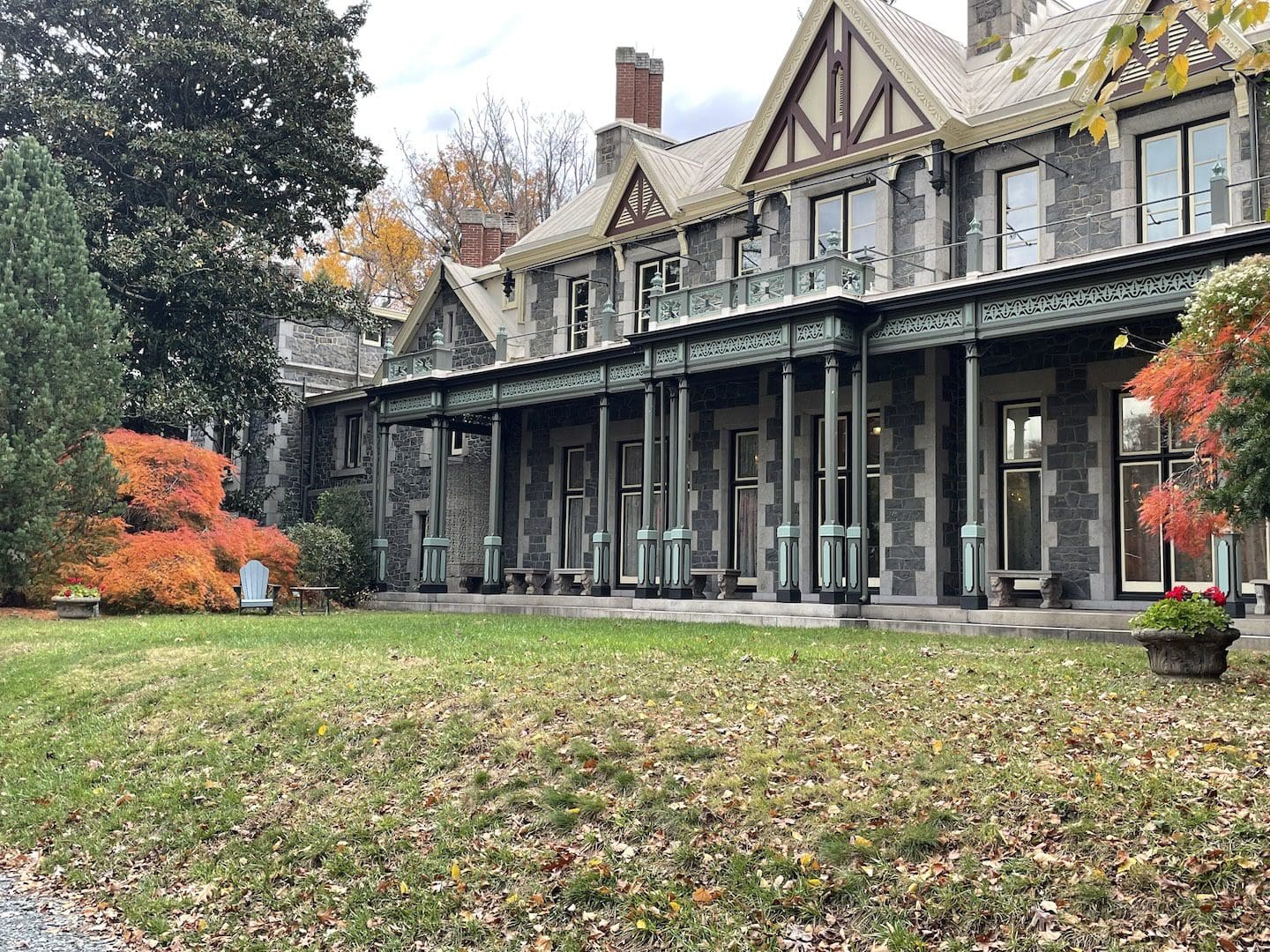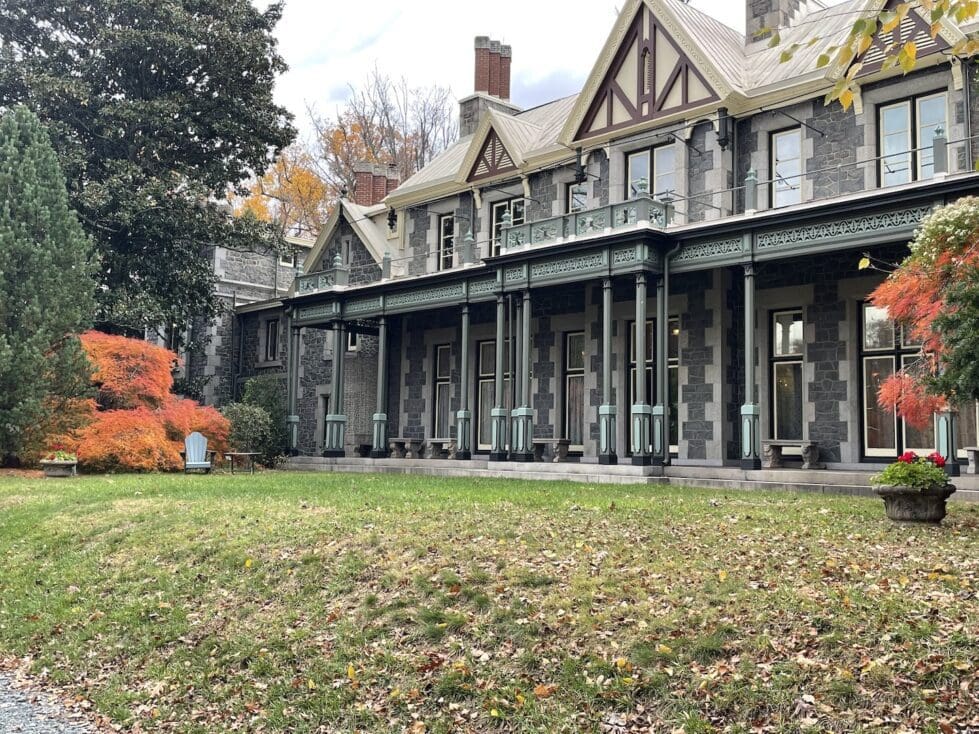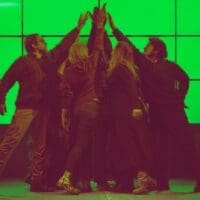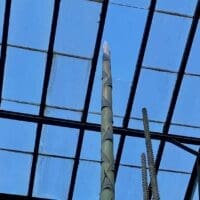

Rockwood Park and Museum consists of four main buildings, multiple outbuildings and lots of history.
Rockwood Park and Museum, for the first time in its five-decade history as a New Castle County park, is developing a strategic plan.
“This plan is helping the museum to visualize a new mission to be of service to a wider variety of our neighbors,” said Ryan Grover, who’s been directing Rockwood for just over two years.
When interviewing for the job, he said that he was aware of Rockwood’s “quality programming” but concluded that “part of the interpretation and the stories we were telling about the past here at Rockwood weren’t really connecting with a big portion of the population.”
RELATED: 30-acre park off Hercules Road in the works
That’s why Rockwood has cut back on costumed interpreters and is devoting less effort to “venerating” the families that lived there for more than a century.
A survey that’s part of the plan asks if Rockwood should prioritize a wide-ranging list that includes birdwatching, farming, contemporary art and “fun, welcoming and accessible” interpretations of history.
“They’re all happening in small quantities now,” he said. “We probably will do them all in some measure, but the survey will help us to define and rate what would be the most important.”
And the survey “hopefully also leaves the door wide open enough that we can get other ideas that we hadn’t even conceived of.”
The survey, which is open to the public to fill out until April 20, asks about these eight potential priorities:
- Outdoor offerings such as nature exploration, gardening and/or birdwatching
- Historic preservation, as well as exhibits and experiences that tell the story of the people who lived and worked at Rockwood.
- Programs, events and exhibits that present history in fun, welcoming and accessible ways.
- Serving as a space for community gatherings.
- Innovative programming and use the buildings and grounds for forward-looking experiences, such as contemporary art installations.
- Developing interpretation of its farming past to distinguish itself from nearby estates and proximity to urban Wilmington.
- More funding sources from public sources because it is a county-owned and -operated property and an important cultural asset of the community.
- Developing private sources of support, such as contributions from individuals, foundations and businesses, to supplement what the county provides.
On April 18, from 5:30-6:45 p.m., Rockwood will host a public meeting at the North Market Street Library, planned to “send participants through several stations to impart some local wisdom and interesting points of view. We will even have a visioning station for kids.”
Planning also includes meetings with Chief Dennis Coker of the Lenape Tribe of Delaware, local artist/architect Samara Weaver and a large group of area educators.


Rockwood’s tea set, with a side of history.
Rockwood in history and today
“Joseph Shipley, a Quaker merchant banker, built Rockwood between 1851 and 1854,” according to Rockwood’s website. “Its Gothic Revival architecture and enchanting landscape were designed to reflect the beauty of an English country estate.
“Rockwood still holds many collection strengths, including the family fashions they wore, the photos they took, the paintings they hung, the trees they planted, the antiques they inherited, the souvenirs they found, the books they read and the ceramics from which they ate.”
After the property was given to the county, Rockwood opened in 1976 in partnership with the Friends of Rockwood. “Around 1998 the bulk of the collection was transferred to the museum and makes up the permanent collection today.”
RELATED: Tiny art in park brings joy to North Wilmington
The 75-acre park has four main buildings and multiple “historically interesting but unoccupied” outbuildings.
The best-known is the mansion, with its conservatory. The carriage house is an events space that can host more than 250 people.
The porter’s lodge has been rented to county police officers, who by living there, provide additional security. The gardener’s cottage is sealed and has not been used for three decades.
There’s no admission to enter the grounds, but Grover estimates that Rockwood generates more than 50,000 visits a year.
That includes 20,000 at its big three annual events (the Old-Fashioned Ice Cream Festival, the Holiday Open House and the Fairy Fest), 15,000 to 20,000 attending events at the carriage house and 15,000 visiting the mansion or watching Delaware Shakespeare performances.
Rockwood is the only one of the county’s 250 parks that’s “programmed at this level,” Grover said, noting he’s looked for ideas in how other sites emphasize farming (the Delaware Nature Society’s Coverdale Farm Preserve); mansions, gardens and scholarship (Winterthur); and art (Olana State Historic Site in New York).
Rockwood is piloting its first contemporary art installation this summer by commissioning works that relate to Rockwood and will be displayed for four to five months.
Grover is working with Keen Independent Research, a national arts, culture, equity and market research firm headquartered in Phoenix and Denver, with staff based in Philadelphia.
The plan is expected to be completed this fall, and implementation of major elements might take years to get funding, he said.
Rockwood today has a staff of 10, with only three full-time: Grover, new curator Kristen Matulewicz and a horticulturist.
One of Matulewicz’s first tasks focused on a tea set made in China around 1802 to commemorate a wedding between the Shipley and Jeffers families.
“I knew it was kind of special, but I didn’t know exactly how special it was,” Grover said.
The delivery ship set sank off Cape May, and the insurance company recovered the set and delivered it three years later.
“It’s this really, really rare pattern of this Quaker farmer,” he said. “Everybody who’s ever had one or two pieces of this china say that it sank to the bottom of the river in this very romantic way. And it turns out that the ones we have here were actually the initial service, the Rosetta stone of sunken treasure.”
Share this Post








